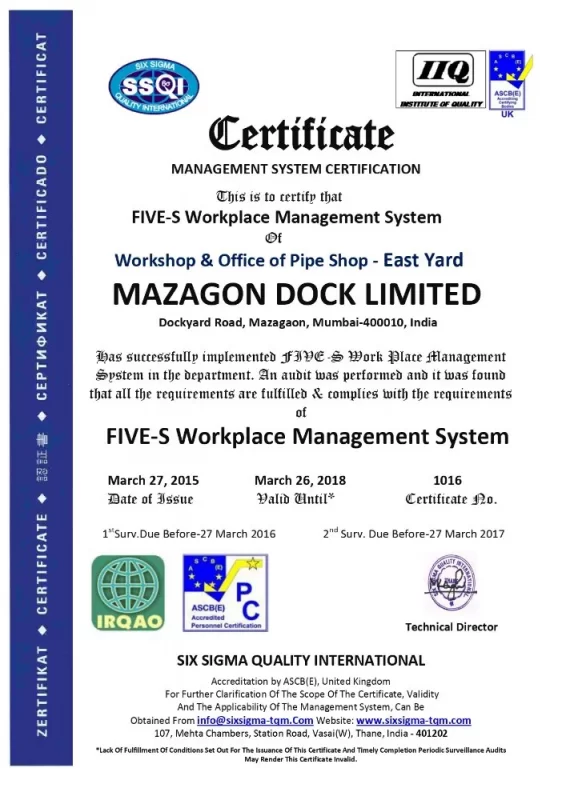ISO 6346:1995 Intermodal container, Uncategorized
ISO 6346:1995 Intermodal container
Courtesy: ISO 6346:1995 Intermodal container
ISO 6346 is an international standard covering the coding, identification and marking of intermodal (shipping) containers used within containerizedintermodal freight transport by the International Organization for Standardization (ISO). The standard establishes a visual identification system for every container that includes a unique serial number (with check digit), the owner, a country code, a size, type and equipment category as well as any operational marks. The register of container owners is managed by the International Container Bureau (BIC).
Owner code
The owner code consists of three capital letters of the Latin alphabet to indicate the owner or principal operator of the container. Such code needs to be registered at the Bureau International des Conteneurs in Paris to ensure uniqueness worldwide. An owner can apply for more than one code, as normally the first 2 letters are used as the owner code and the third is used to indicate pool (e.g. HLA, HLB, HLX are some Hapag-Lloyd codes to indicate whether container is standard, reefer…)

Equipment category identifier
The equipment category identifier consists of one of the following capital letters of the Latin alphabet:
- U for all freight containers
- J for detachable freight container-related equipment
- Z for trailers and chassis
Presently, all official BIC container codes end in “U”. However, the Association of American Railroads recognizes similar codes for their containers and trailers travelling by rail in North America, though these are not recognized by the BIC and lack check digits.
Under the ISO code, then, only U, J, and Z are in use. The refrigerated (reefer) container is identified by means of the size type code.
Serial number
The serial number consists of 6 numeric digits, assigned by the owner or operator, uniquely identifying the container within that owner/operator’s fleet.
Check digit
The check digit consists of one numeric digit providing a means of validating the recording and transmission accuracy of the owner code and serial number.
To compute the check digit, the letters have to be converted to numbers. This is done in three steps:
Calculation step 1
An equivalent numerical value is assigned to each letter of the alphabet, beginning with 10 for the letter A (11 and multiples thereof are omitted):
The individual digits of the serial number keep their numeric value.
Calculation step 2
Each of the numbers calculated in step 1 is multiplied by 2position, where position is the exponent to base 2. Position starts at 0, from left to right.
Calculation step 3
- Sum up all results of Step above
- Divide them by 11
- Round the result down towards zero i.e. make the result a whole number (integer)
- Multiply the integer value by 11
- Subtract result of (iv) from result of (i): This is the check digit.

If the final difference is 10, then the check digit becomes 0. To ensure that this does not happen the standard recommends that serial numbers should not be used which produce a final difference of 10; however, there are containers in the market which do not follow this recommendation, so handling this case has to be included if a check digit calculator is programmed.

